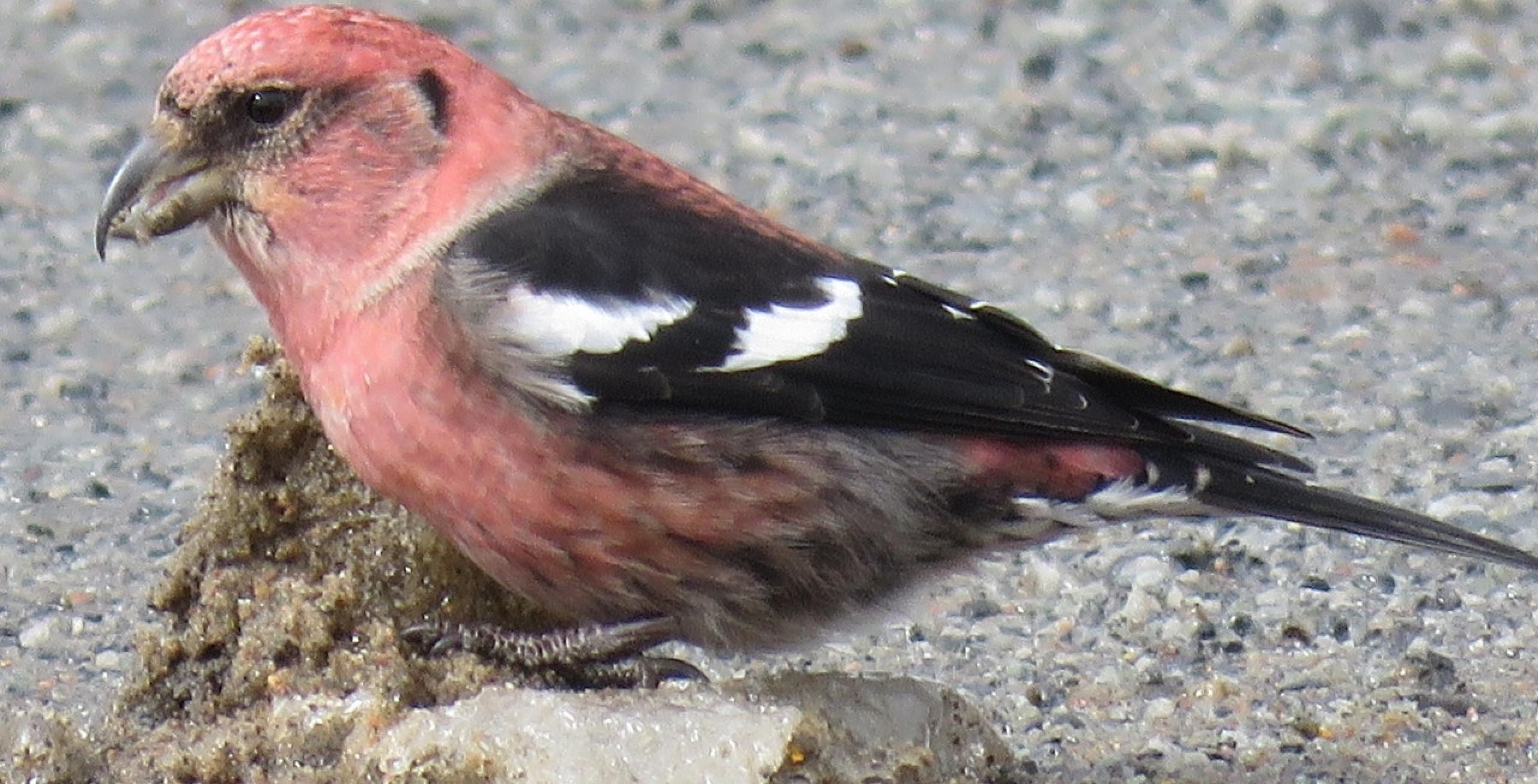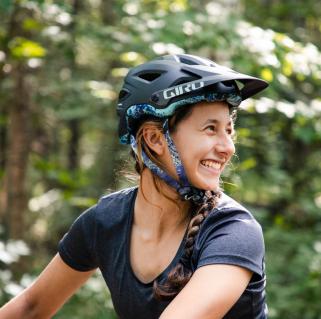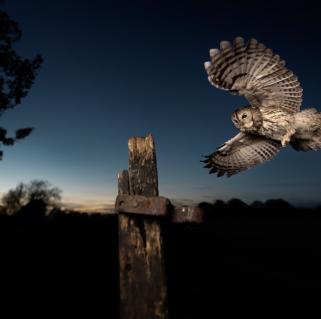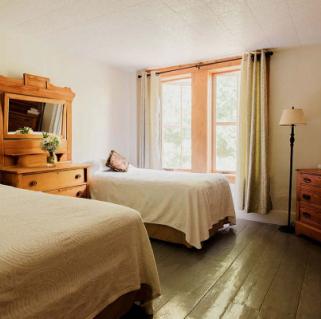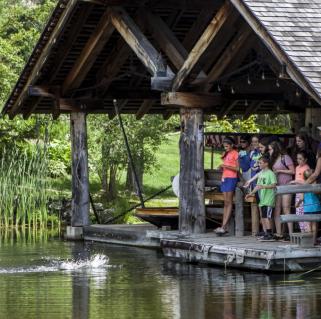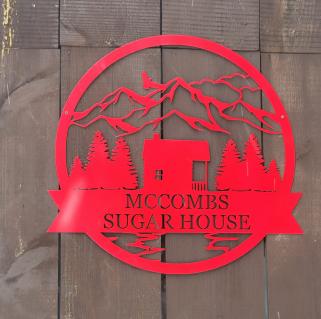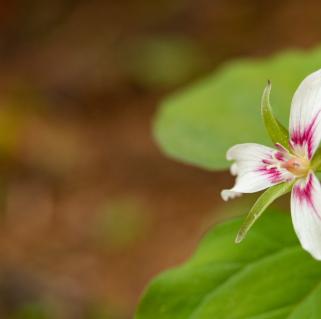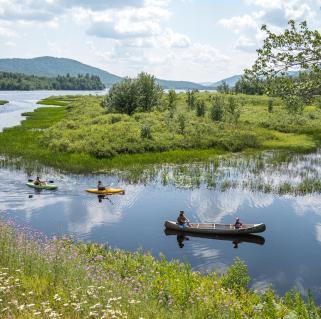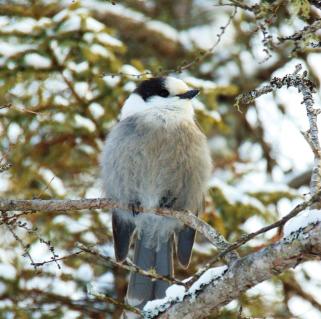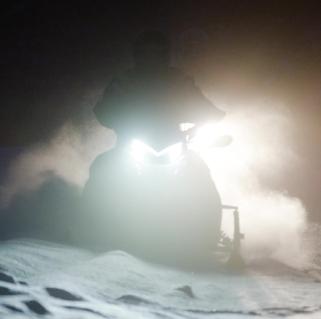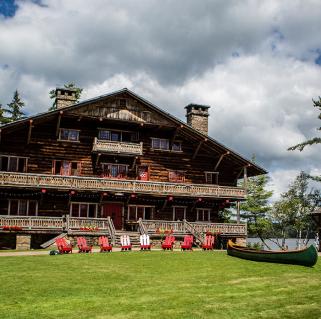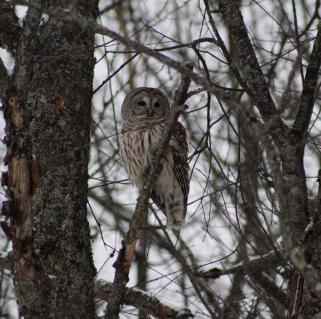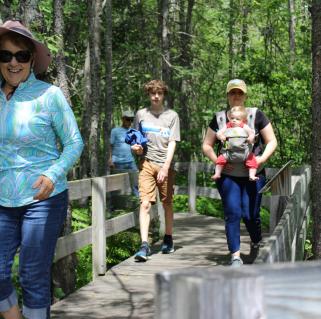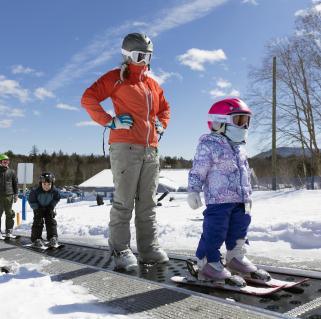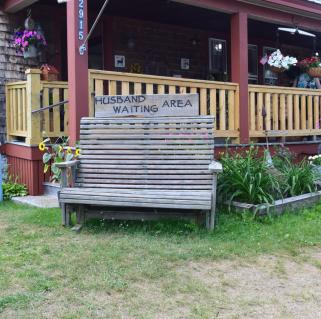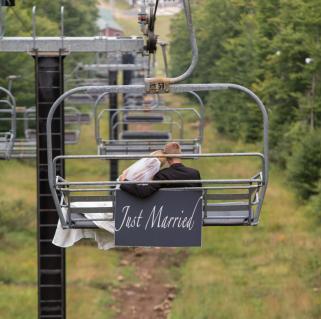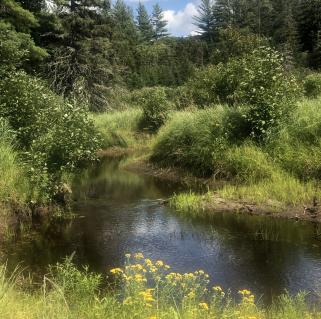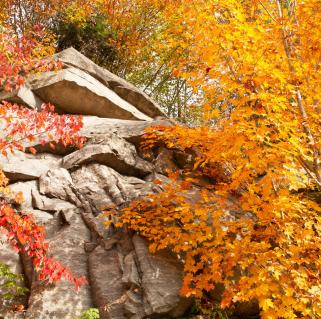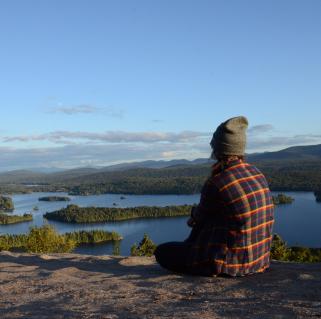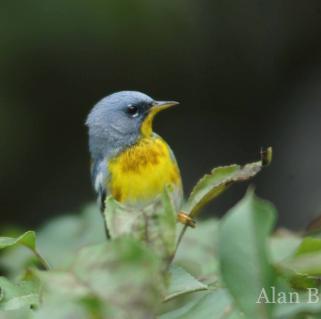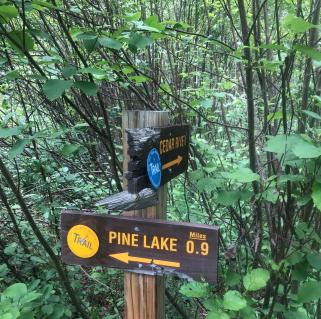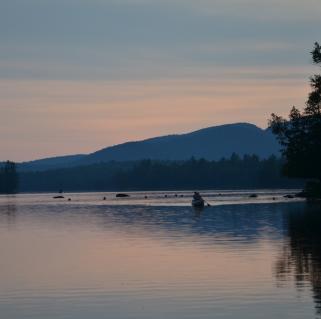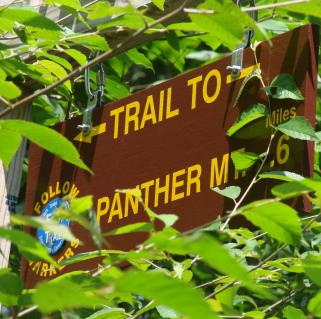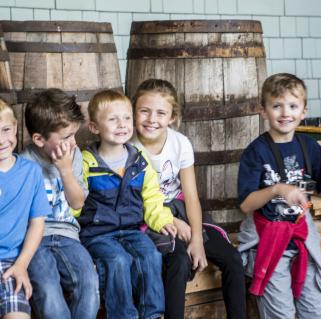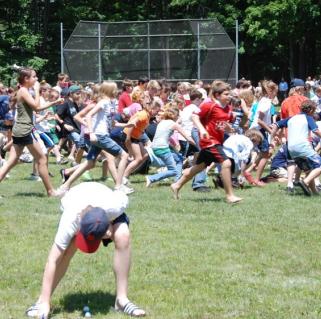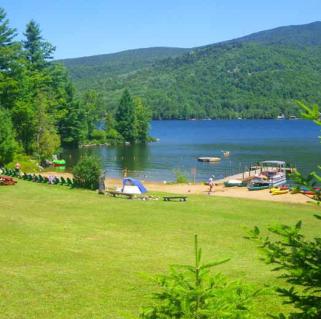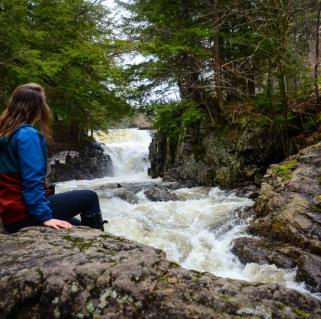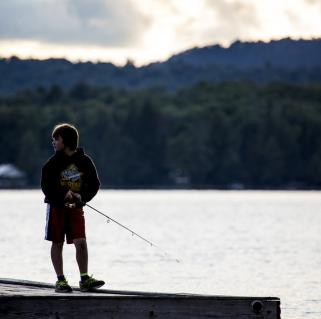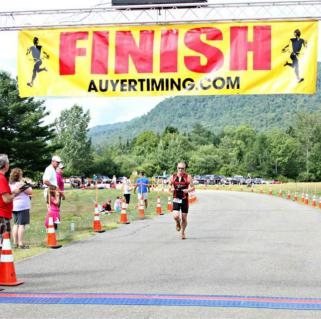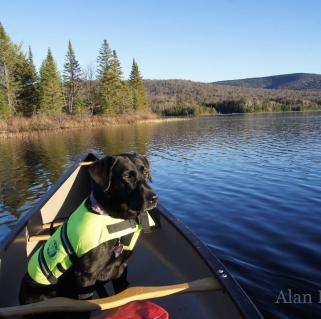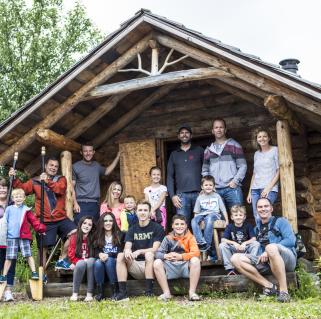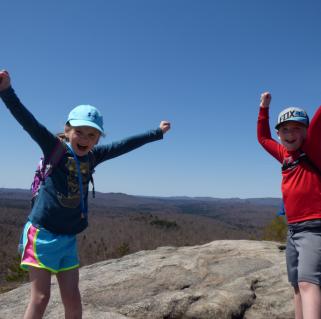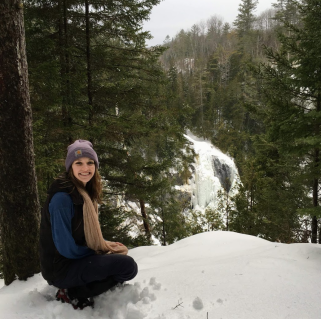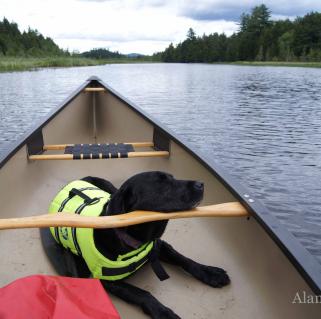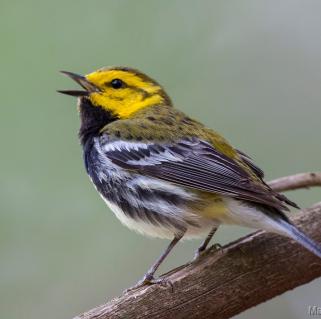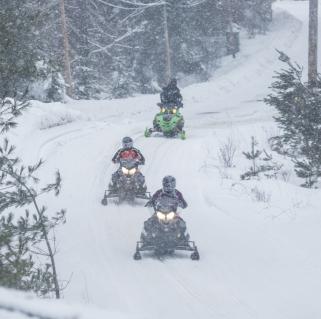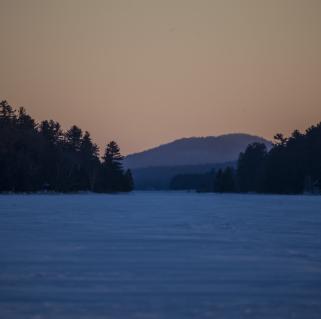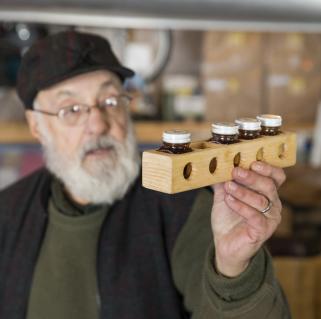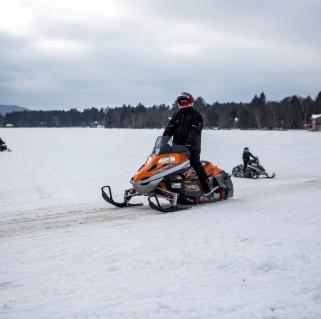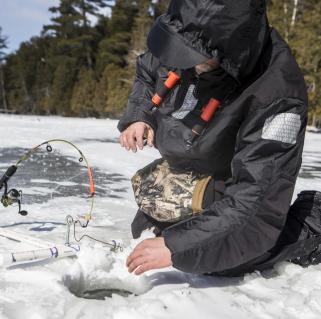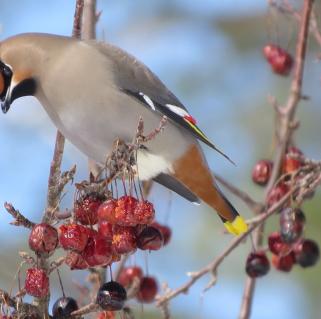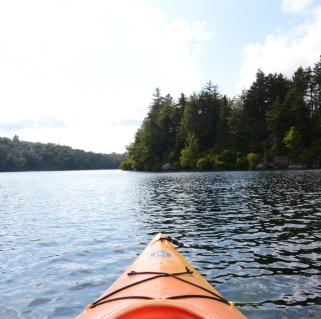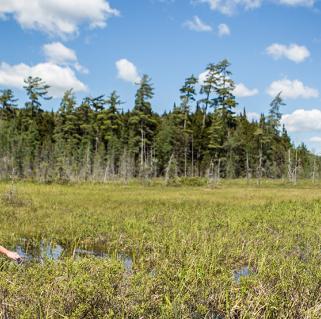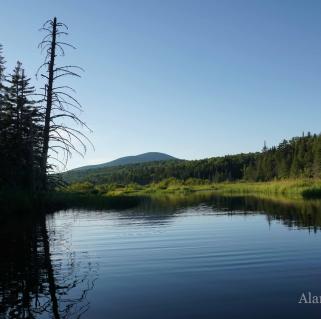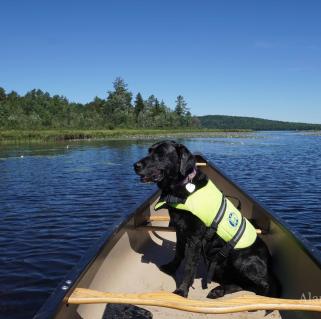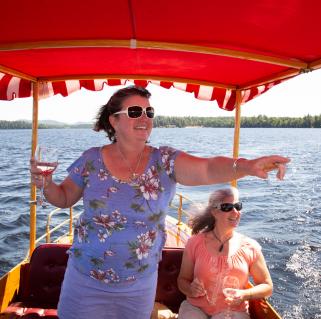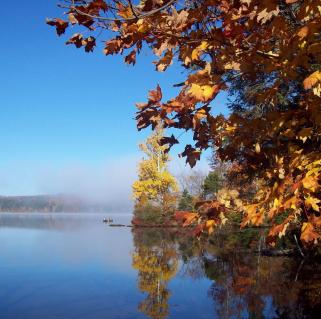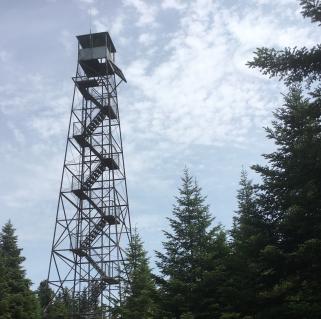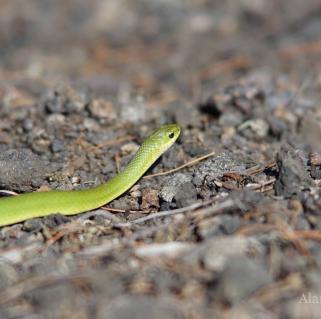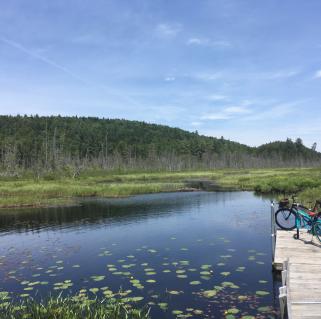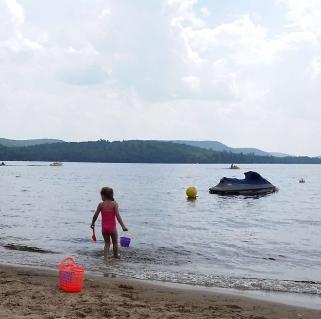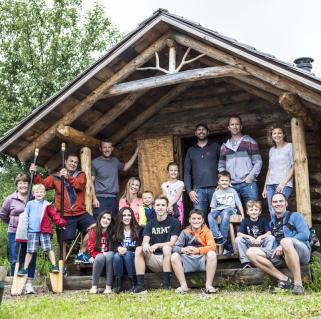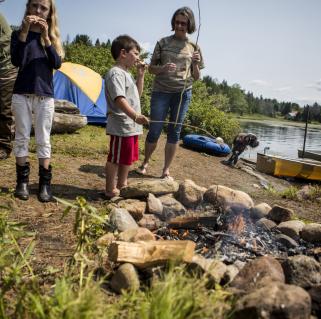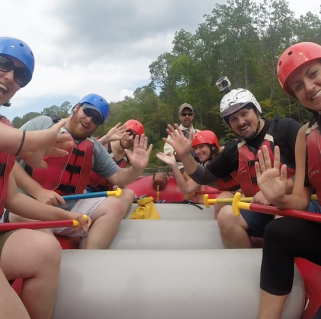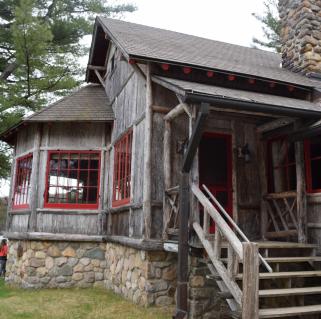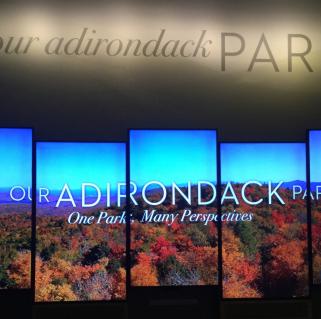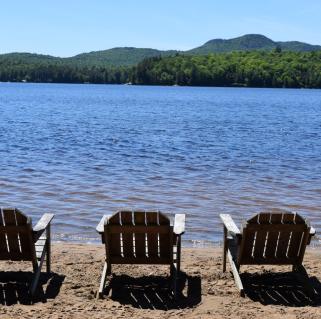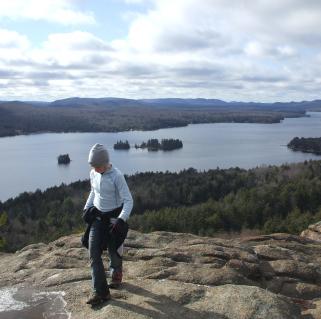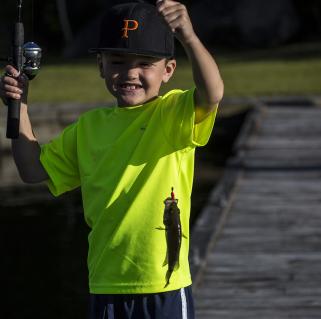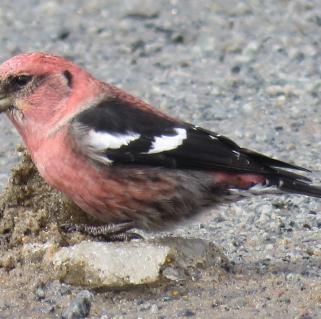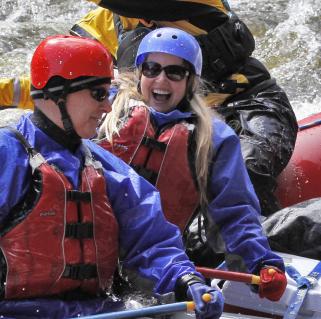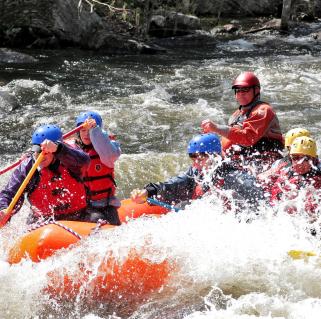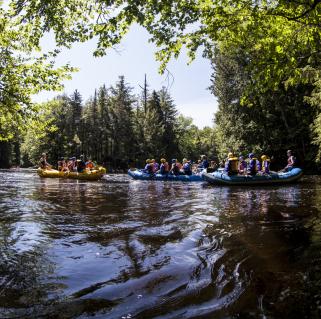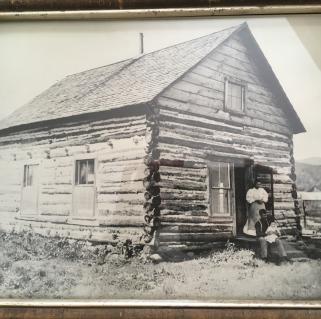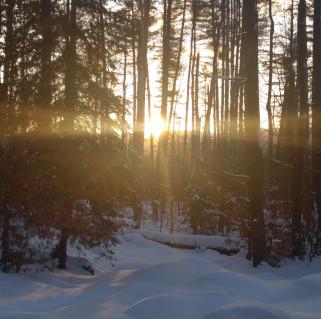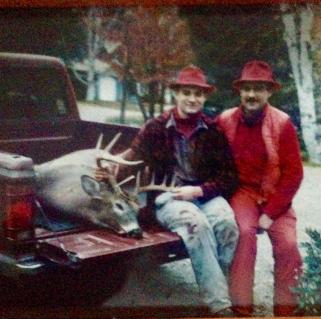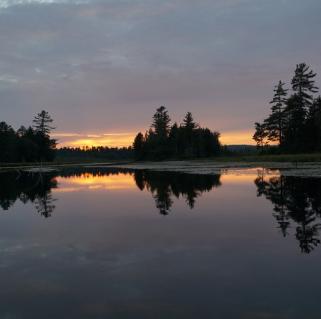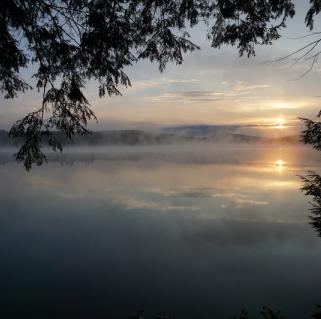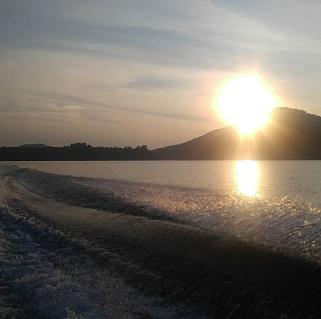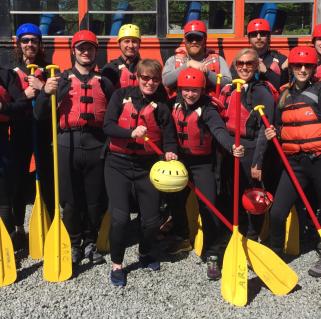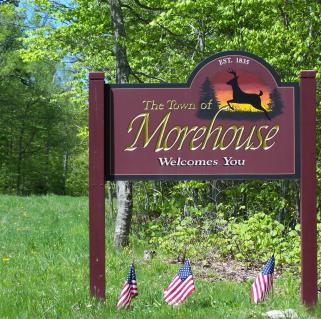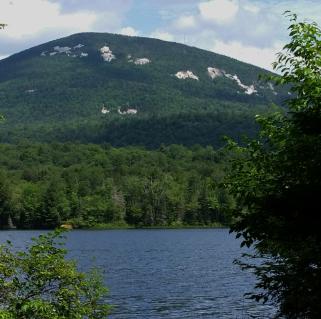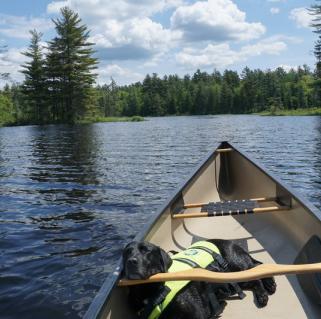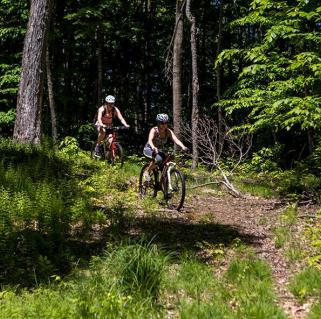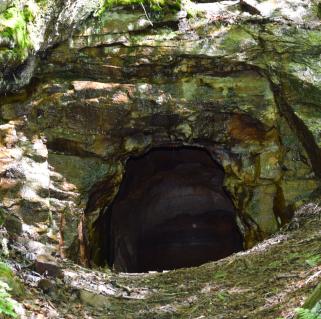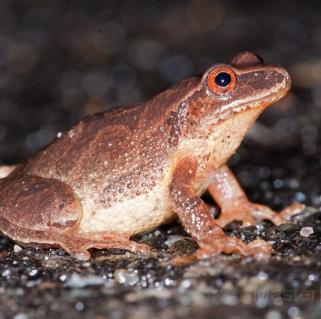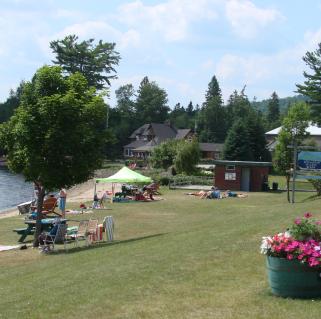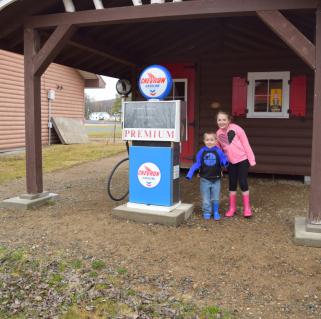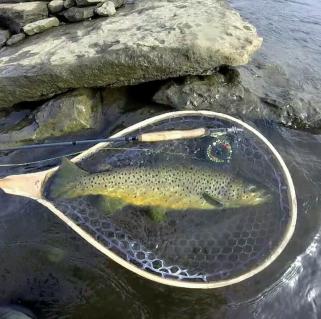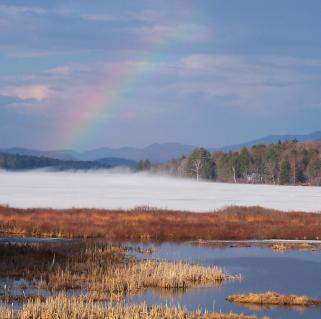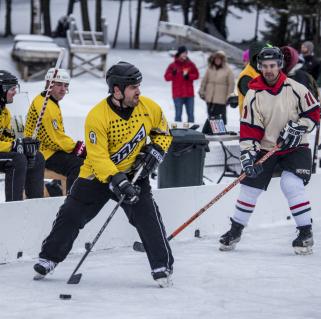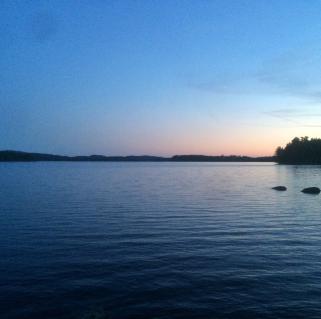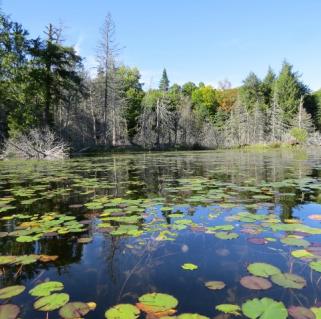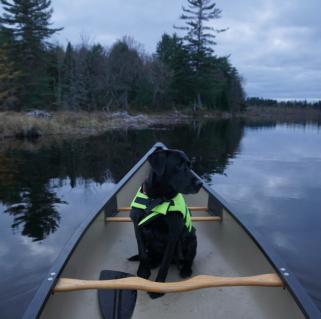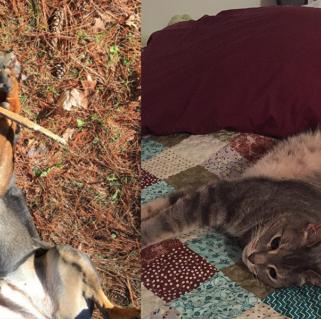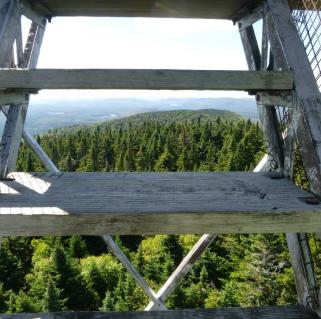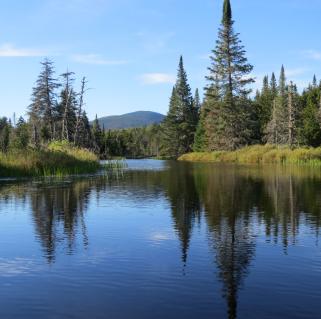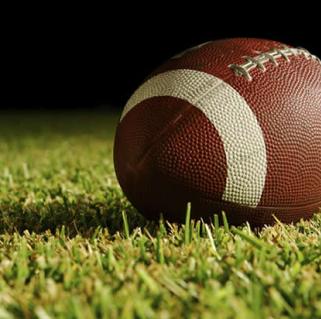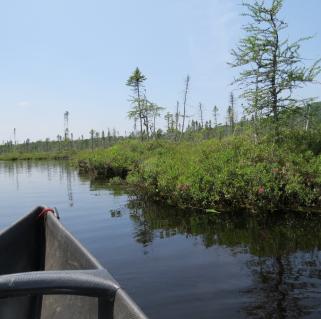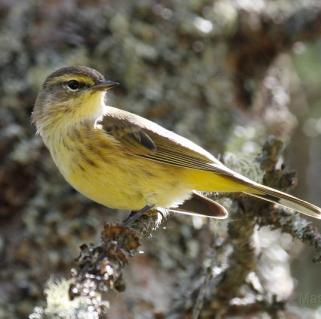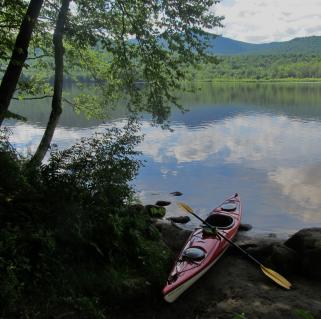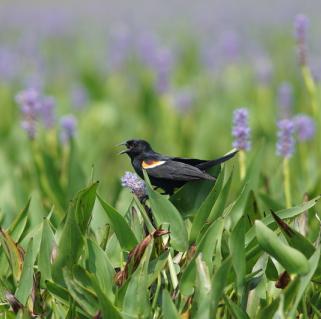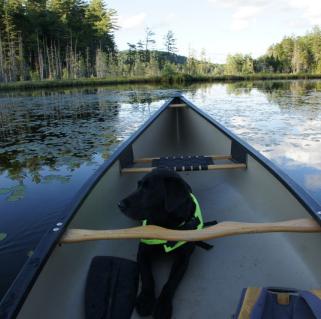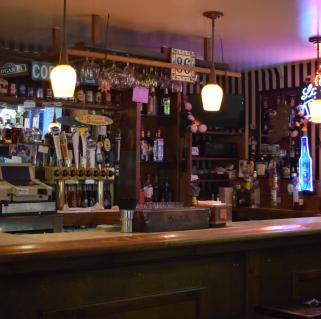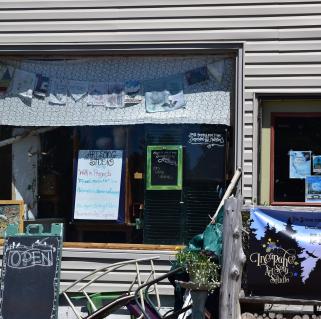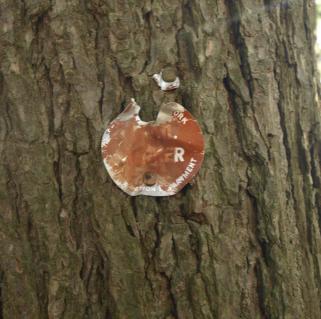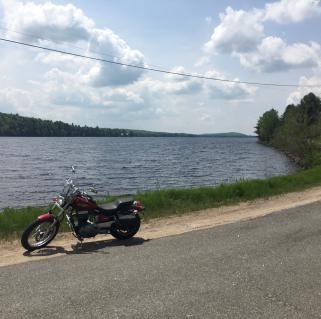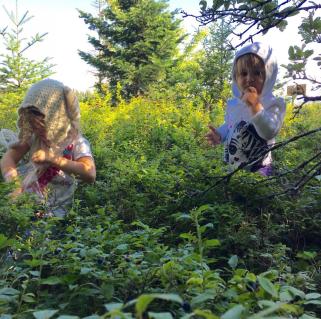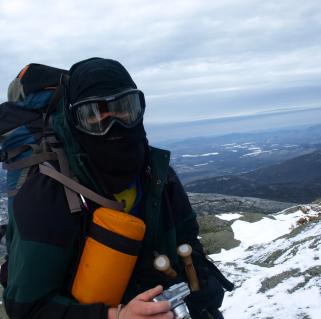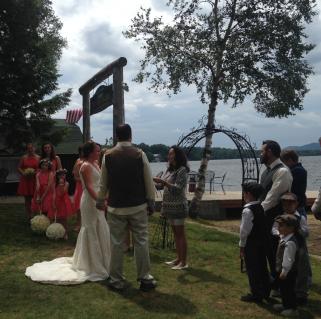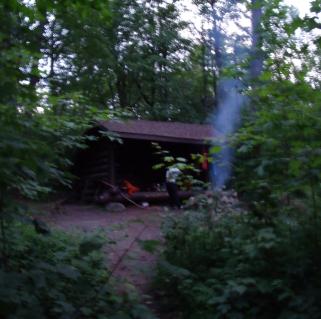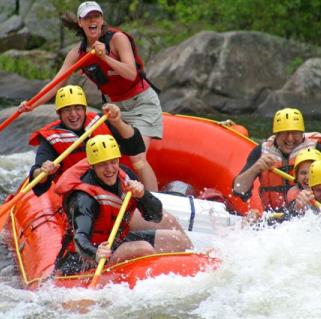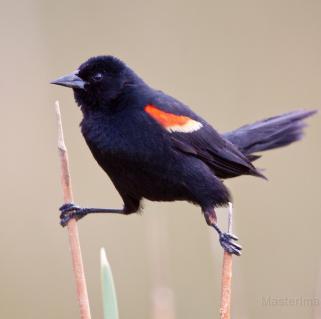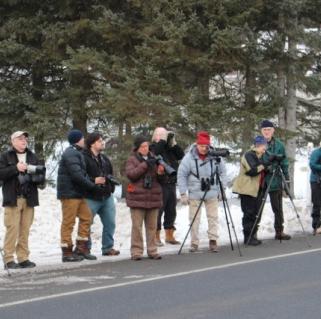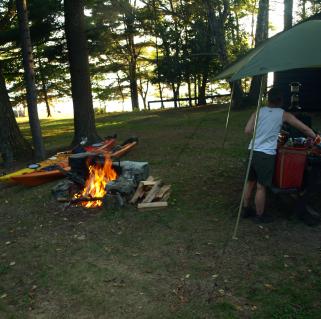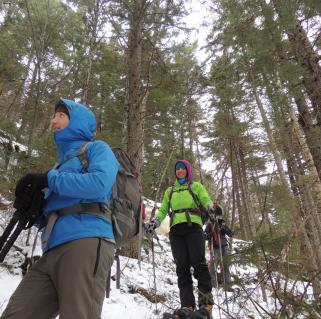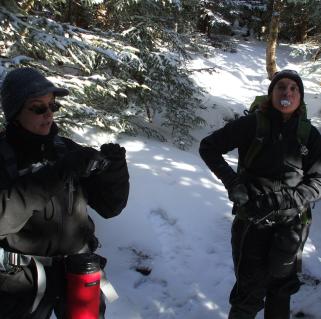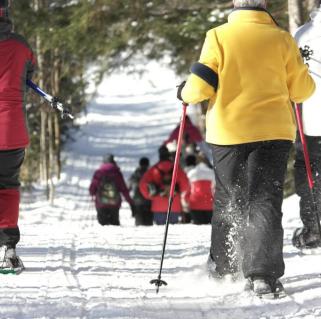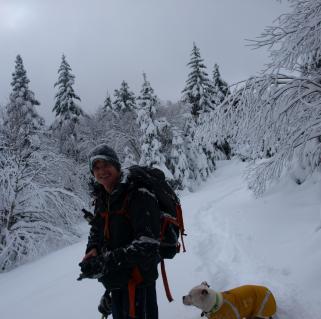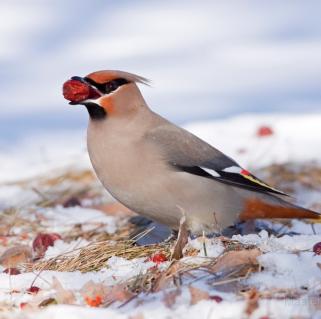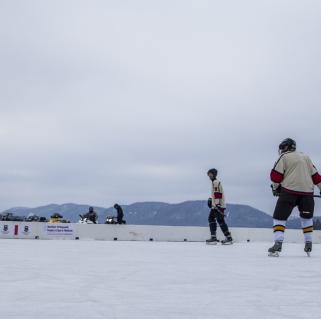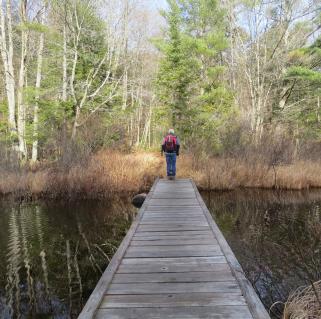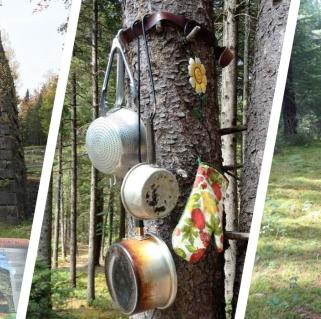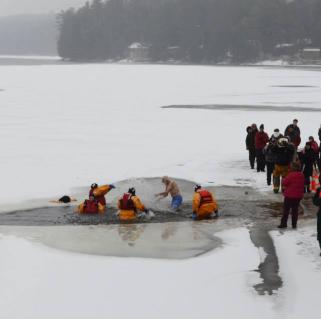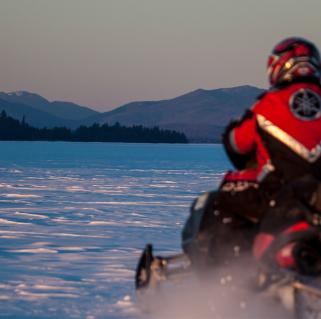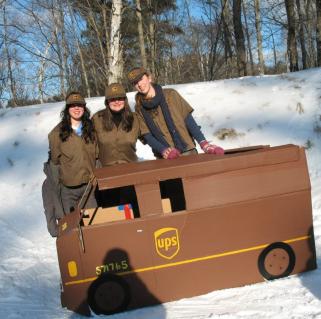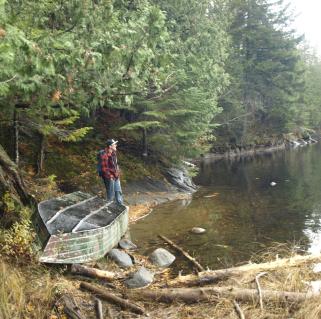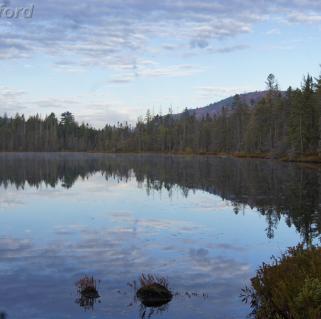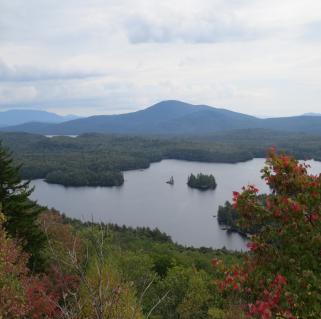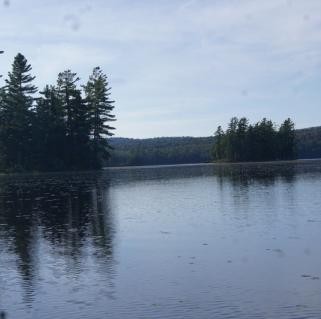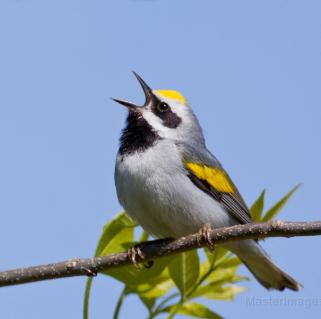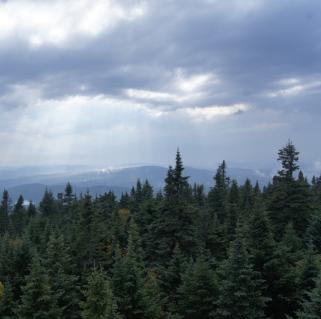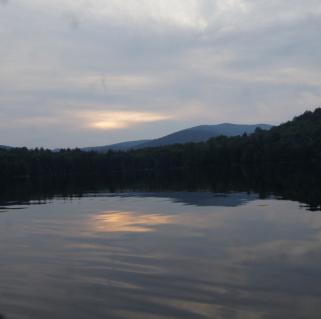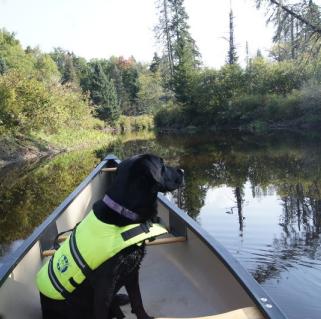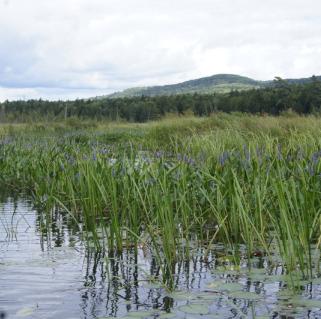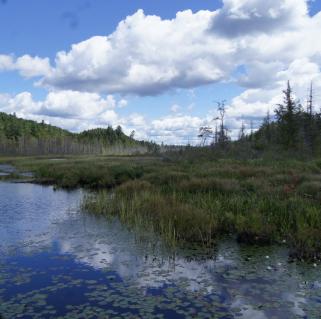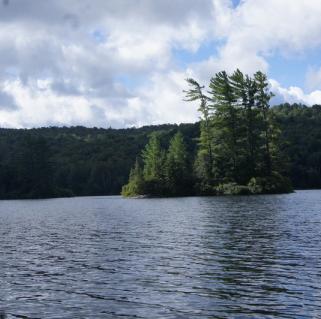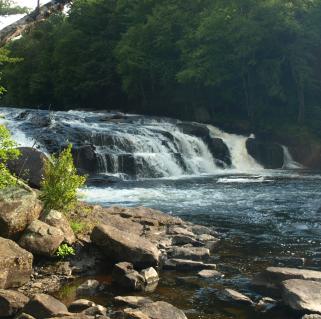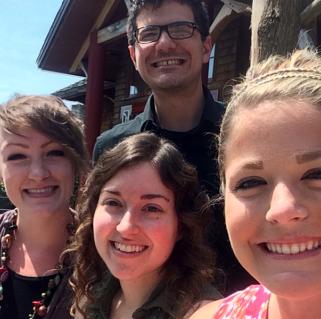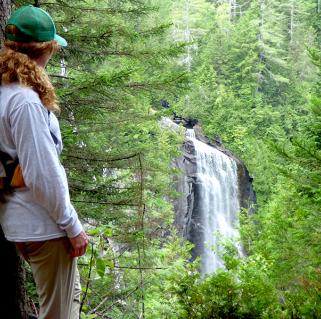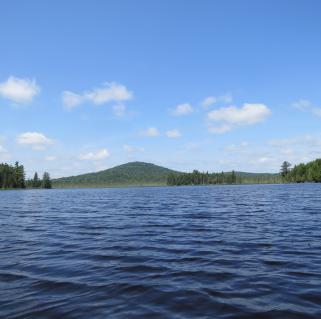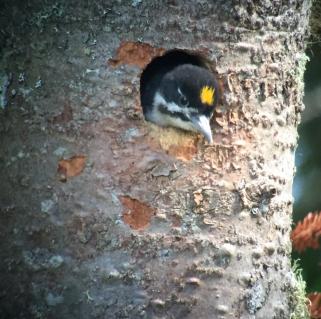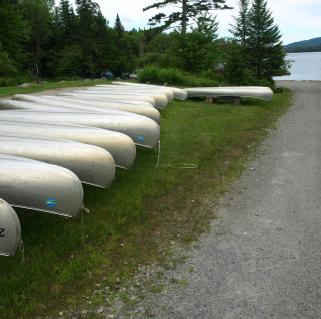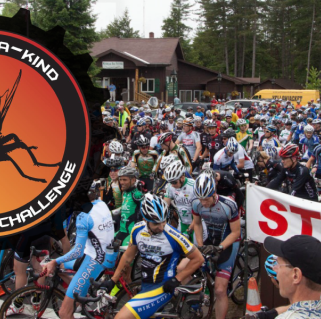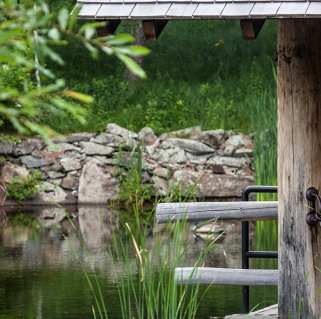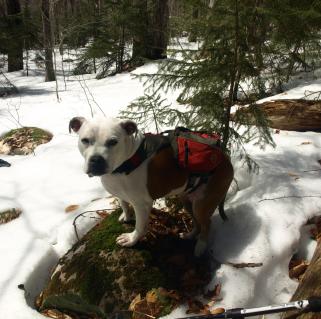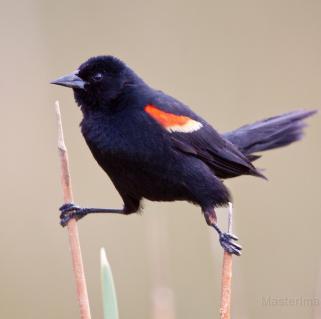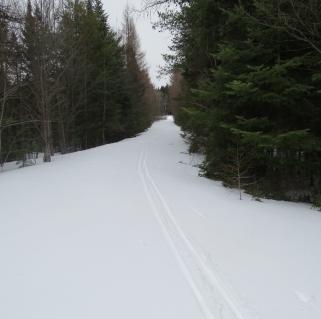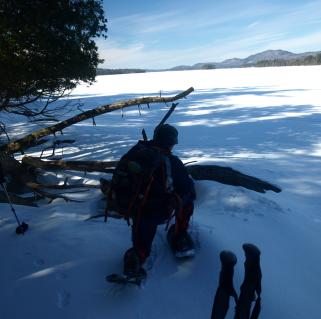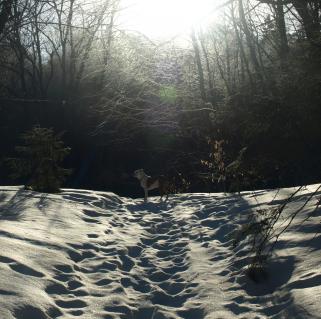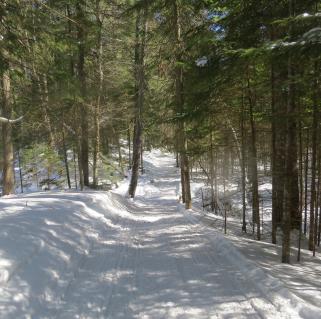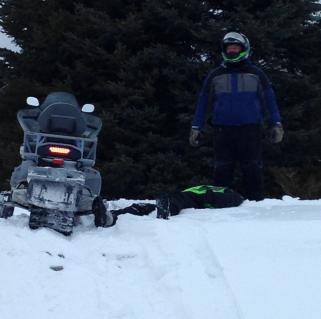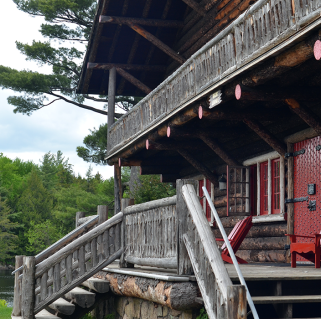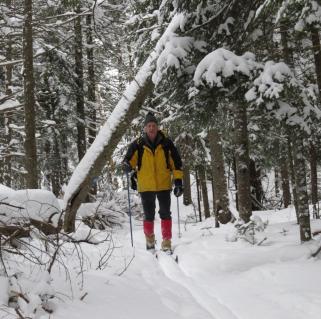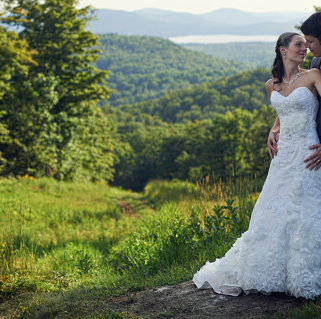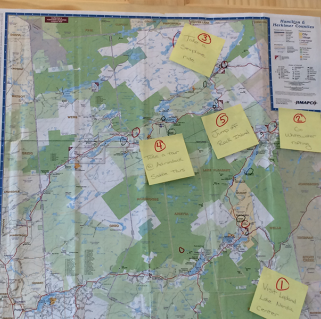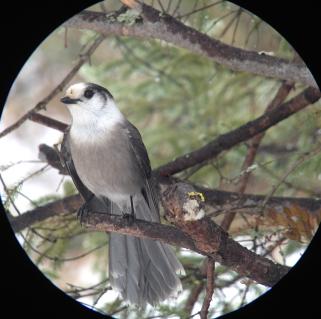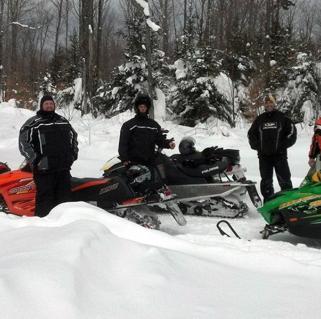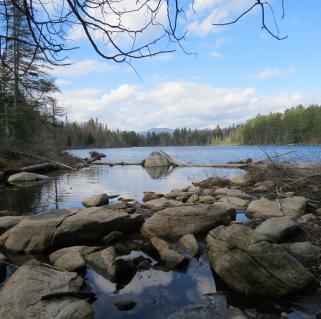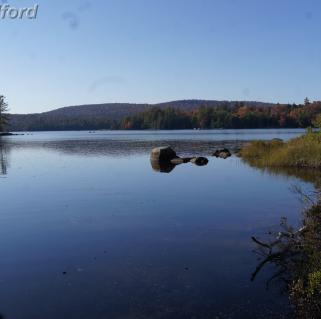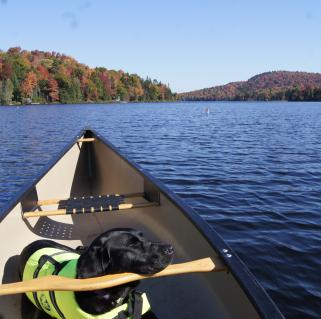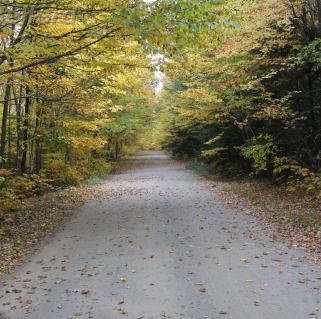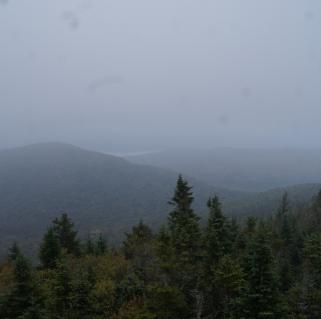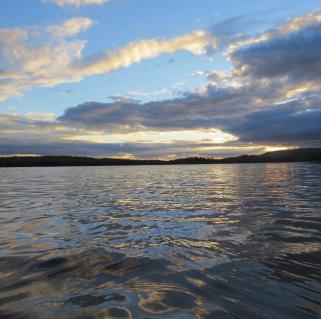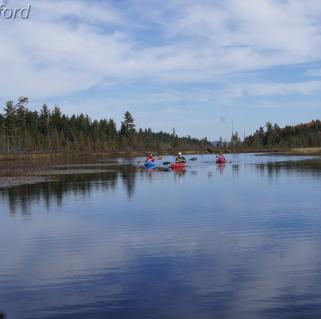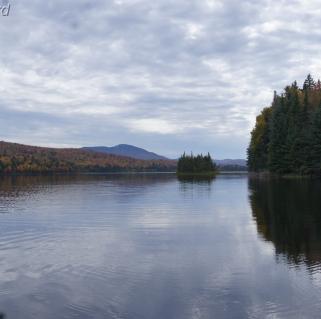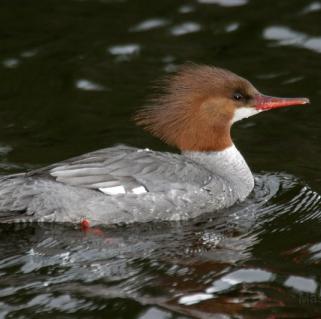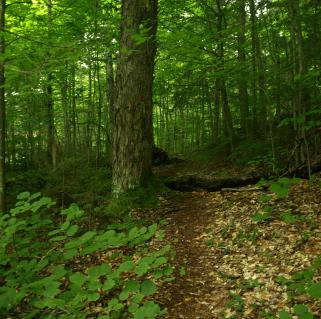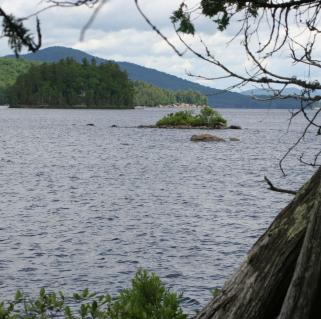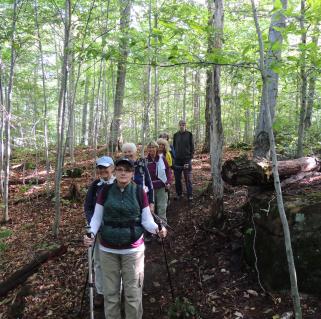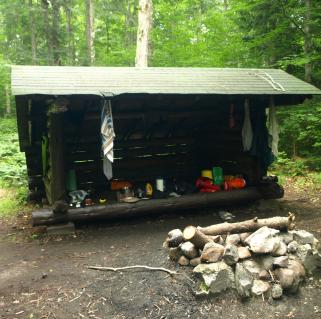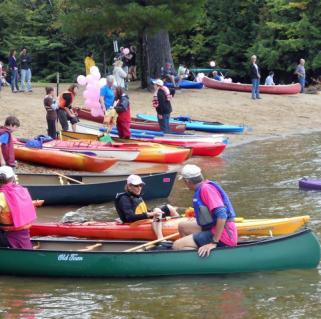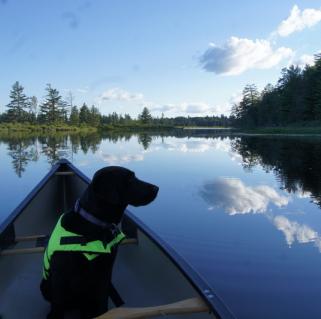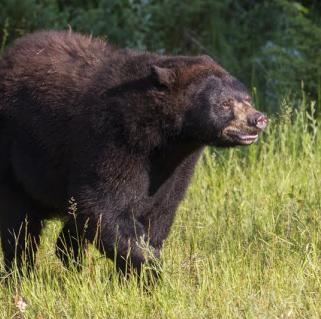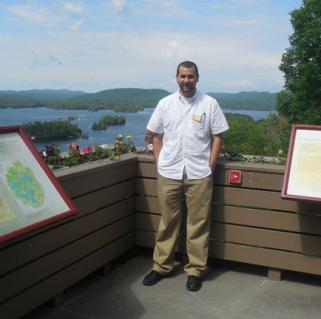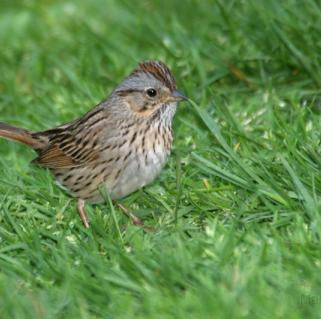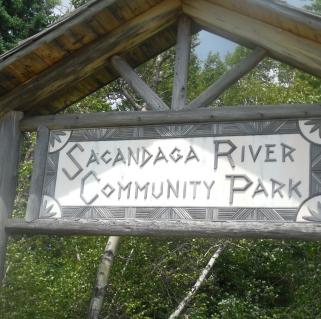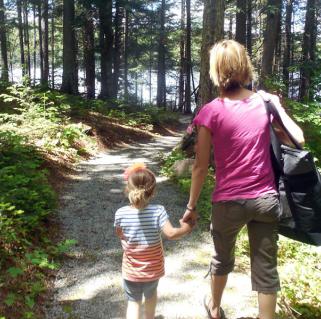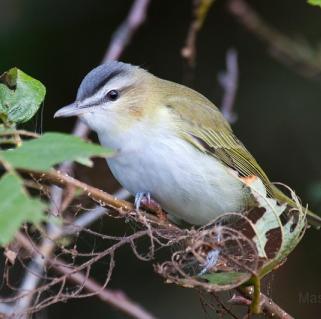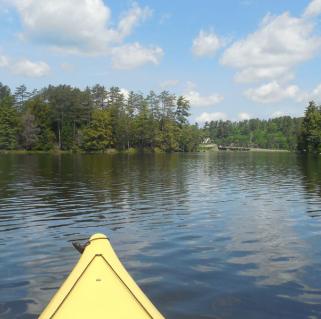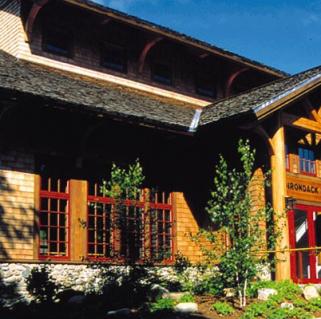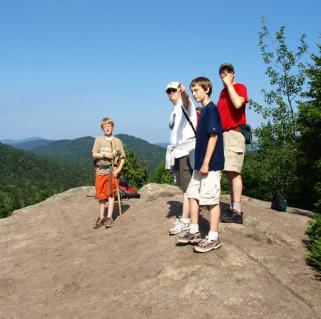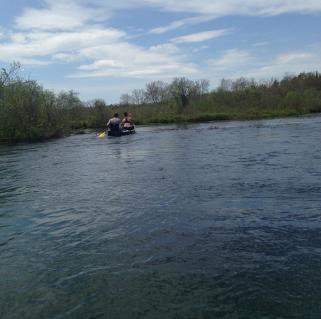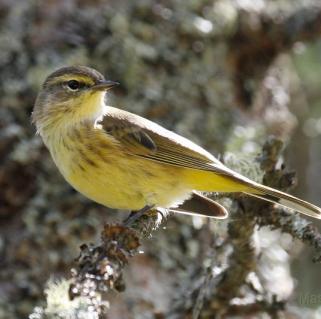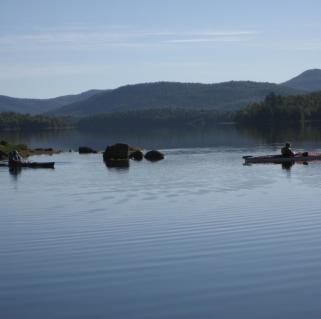With a one-in-twenty year bumper food crop this past winter, Red and White-winged Crossbills irrupted into the Adirondacks, with the largest concentration occurring in Long Lake. Birders traveled from all over the east coast to see these fascinating species! Visitors are still flocking to our area since both Red and White-winged Crossbills are currently nesting. The opportunity to view these beautiful birds will continue well into spring and summer.
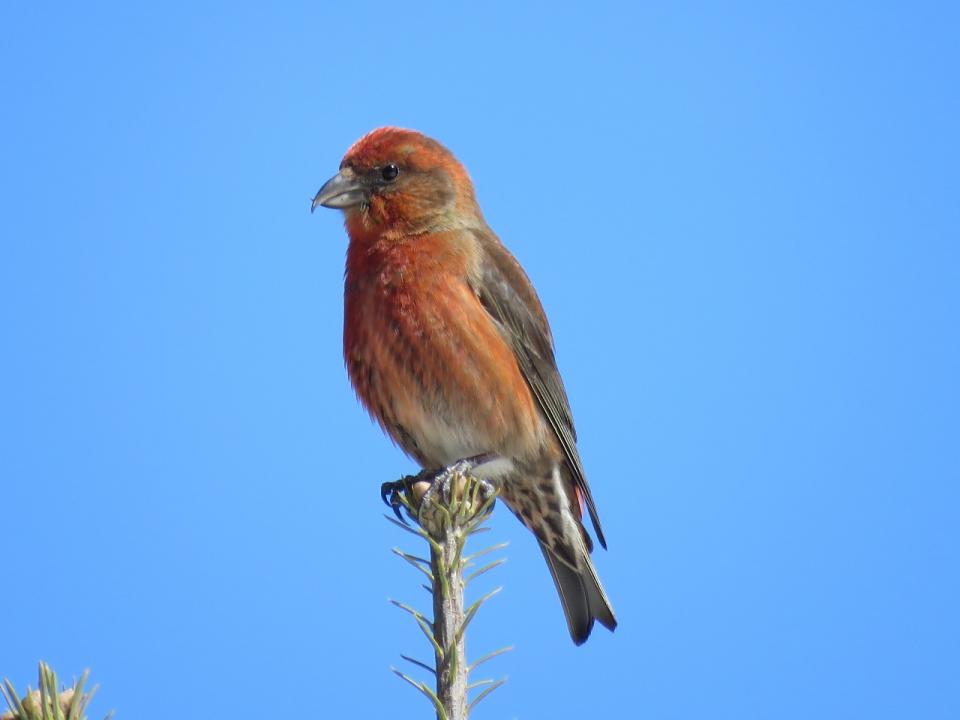
Very soon, heavily striped juvenile Red and White-winged Crossbills will be observed in family groups. It takes several weeks for the juveniles’ bills to cross and they will continue to be fed by the adults during this time. Crossbills use their unusual bills to open cone scales to retrieve the seeds inside. This nomadic species can nest at any time of year, as long as there are enough cone seeds available to feed their young. In the Adirondacks, crossbills often nest in late summer and winter.
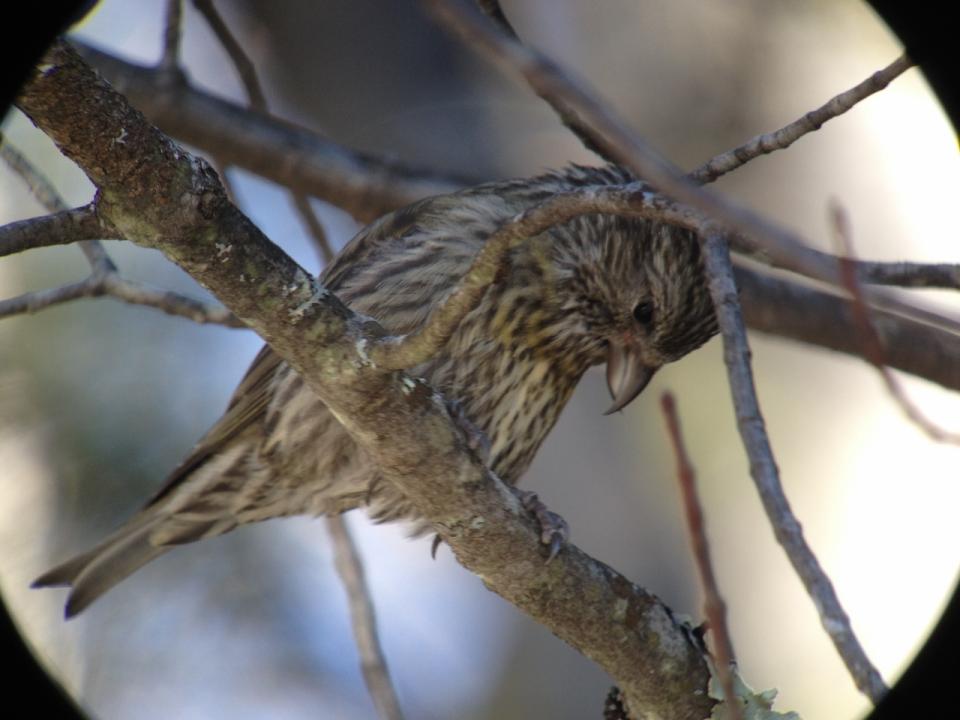
The Red Crossbill irruption is widespread across Hamilton County in the heart of the Adirondacks – look for them feeding in conifers. Long Lake is the best location to see White-winged Crossbills. Many can be observed along Route 30 (particularly just north of John Dillon Park) and all along the northern 3 miles of Sabattis Circle Road beginning at the inlet area of Little Tupper Lake. Both species spend a lot of time “gritting” on the sand and salt in the roadways.
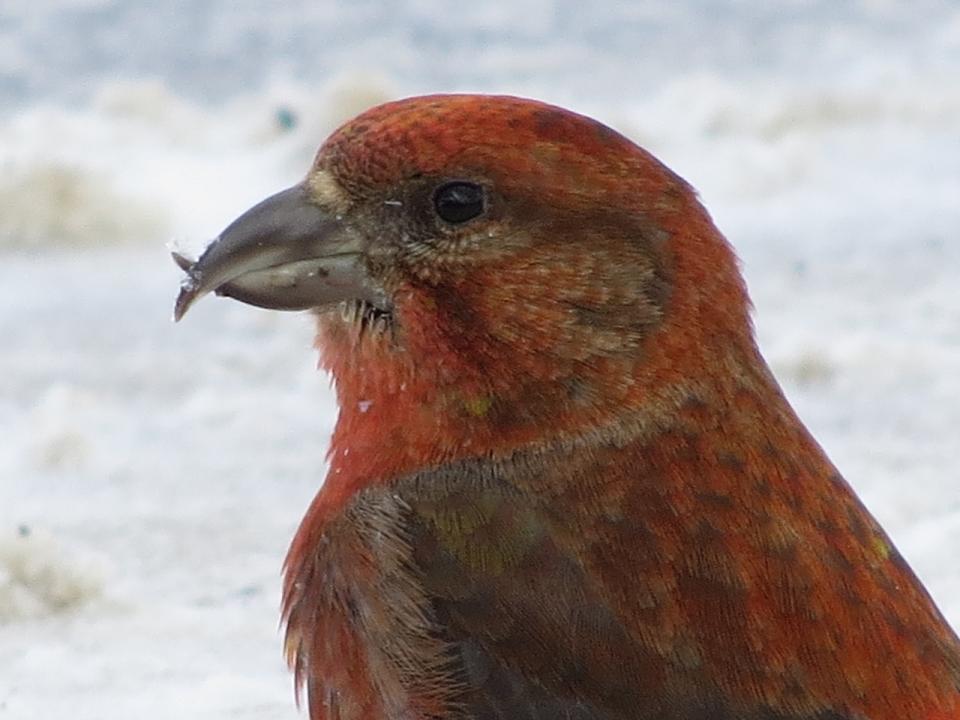
A Season of Change
This is always an interesting time of year and it feels a bit like a crossroads. Some winter irruptive birds, such as the crossbills, are still here, and some, like Snow Buntings, are heading north. Some migrants are just heading through, like the Golden Eagle I spotted a few days ago, and some are returning from the south. Just in the past few days, I’ve noted the following spring arrivals: Mallards, Hooded Mergansers, a Sandhill Crane pair, Turkey Vultures, Northern Harrier, Eastern Phoebe, and flocks of American Robins.
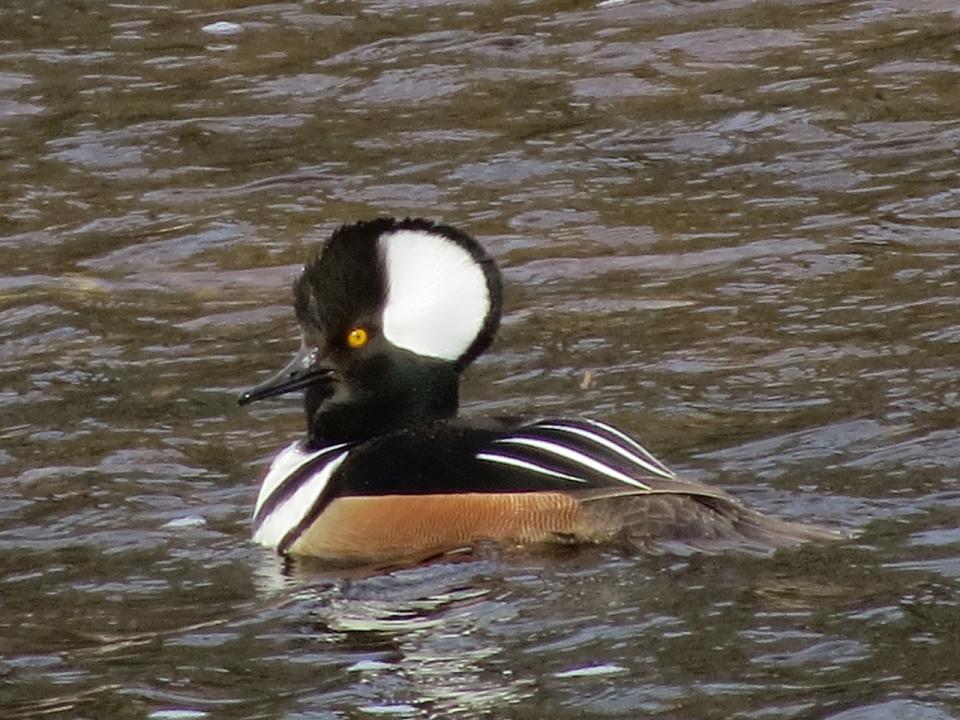
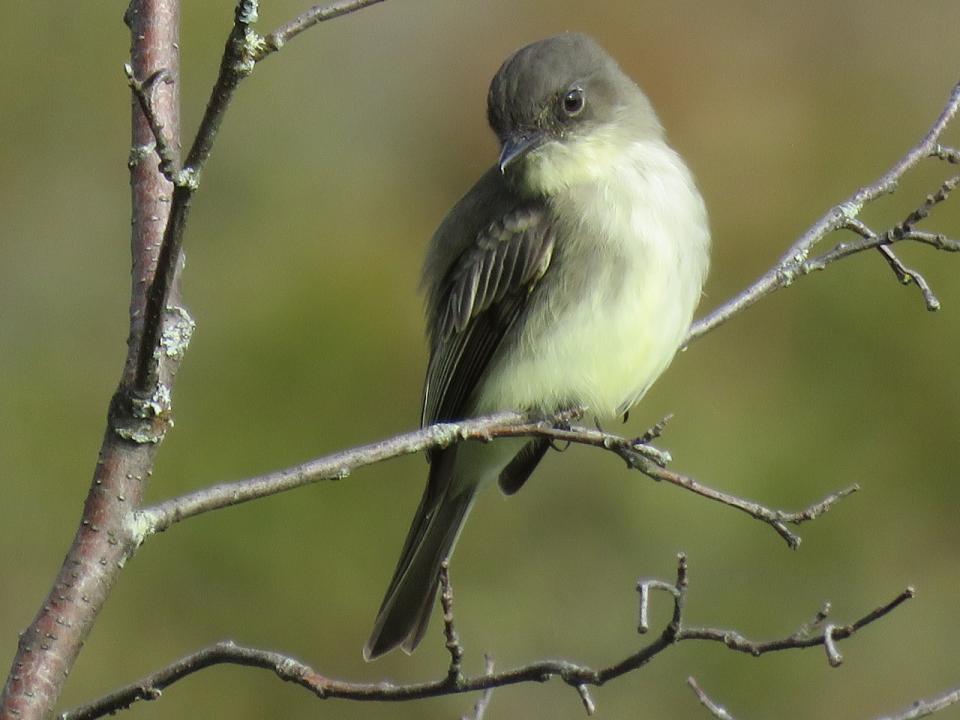
Early Spring Arrivals
Many birds arrive in late March and April. The forest begins to fill with beautiful songs and each day holds excitement discovering what new species came in overnight. Some of the birds that typically arrive in late March include: American Woodcock, Red-shouldered Hawk, Northern Saw-whet Owl, Belted Kingfisher, Northern Flicker, Chipping Sparrow, and waterfowl such as Wood and Ring-necked Ducks, and Pied-billed Grebe.
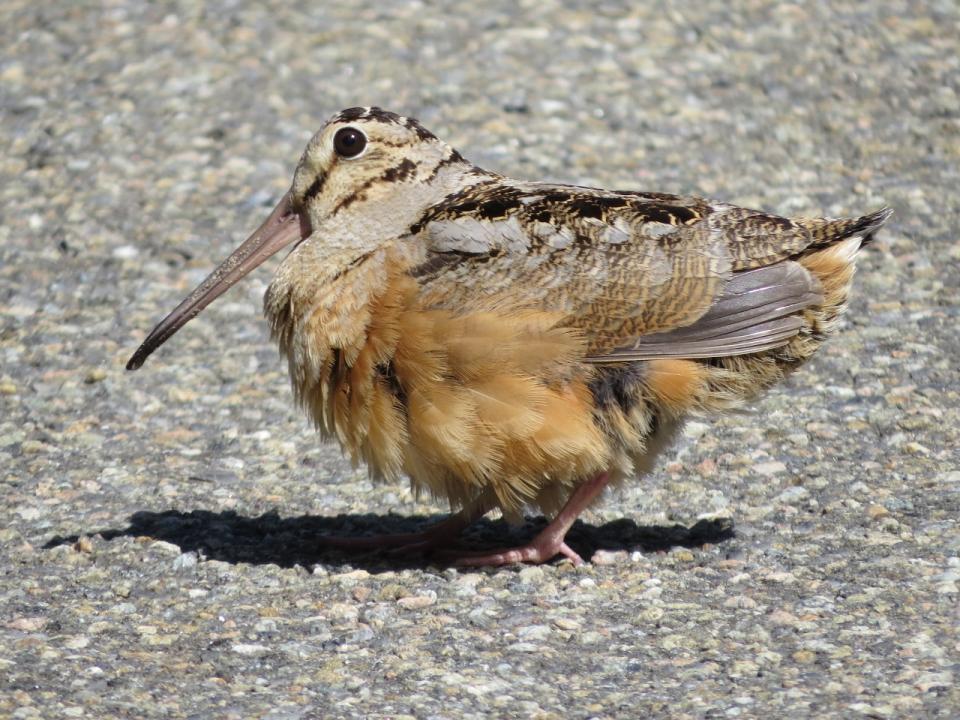
Some typical April arrivals include: Wilson’s Snipe, Common Loon, American Bittern, Great Blue Heron, Osprey, Broad-winged Hawk, Yellow-bellied Sapsucker, Blue-headed Vireo, Tree and Barn Swallows, Winter Wren, Hermit and Wood Thrushes, Brown Thrasher, Purple Finch, Palm, Pine, and Yellow-rumped Warblers, Swamp and White-throated Sparrows, Rusty Blackbird, and many more species.
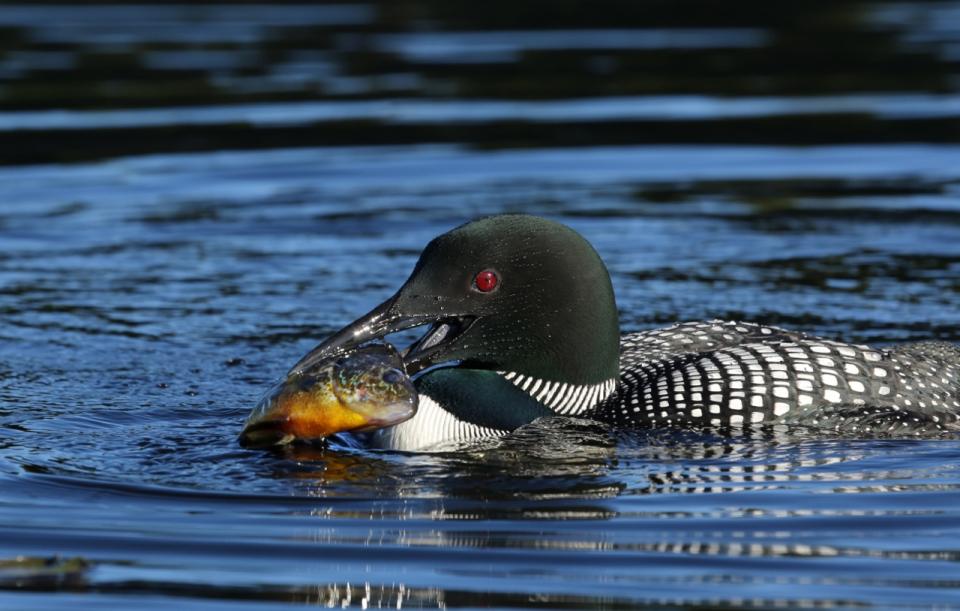
Later Spring Arrivals
Arrivals in May include Chimney Swift, Ruby-throated Hummingbird, Olive-sided, Yellow-bellied, Alder, and Least Flycatchers, Philadelphia and Red-eyed Vireos, Bicknell’s and Swainson’s Thrushes, Canada and Mourning Warblers, Scarlet Tanager, Lincoln’s Sparrow, and more.
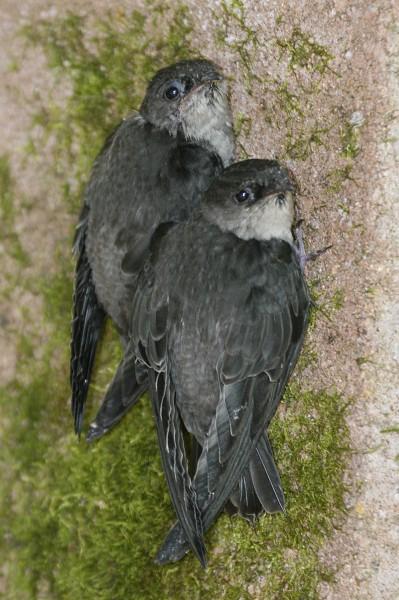
Warblers
The Adirondacks, along with the St. Lawrence Valley, is the best location in North America to see and hear breeding warblers, brilliantly colored birds known as the “butterflies of the bird world”, with nearly 30 nesting species! Their lovely songs fill the woodlands. Warblers begin to arrive during the second week of April with some species arriving as late as mid-May.
Year-Round Birds in Early Spring
Year-round species like the Brown Creeper and Golden-crowned Kinglet are beginning to sing by late winter/early spring, and Hairy Woodpeckers were already observed mating. It’s not just the crossbills that began nesting in late-winter. Our year-round Gray Jays go into nesting mode in late February and they are actively nesting now.
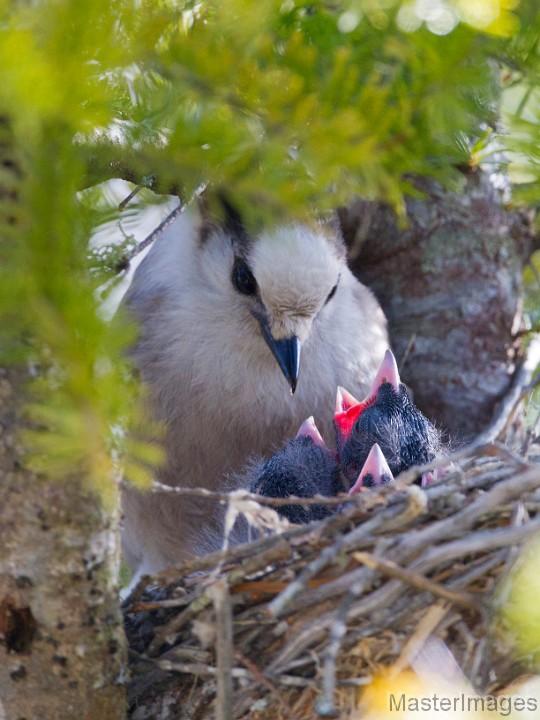
Woodpeckers drum more. Bald Eagles are beginning to nest. (They used to head south in winter, but for the past decade, they have been staying year-round.) Ruffed Grouse and Wild Turkey males are displaying. Common Ravens and American Crows are building nests. It is an active time of year in the birding world!
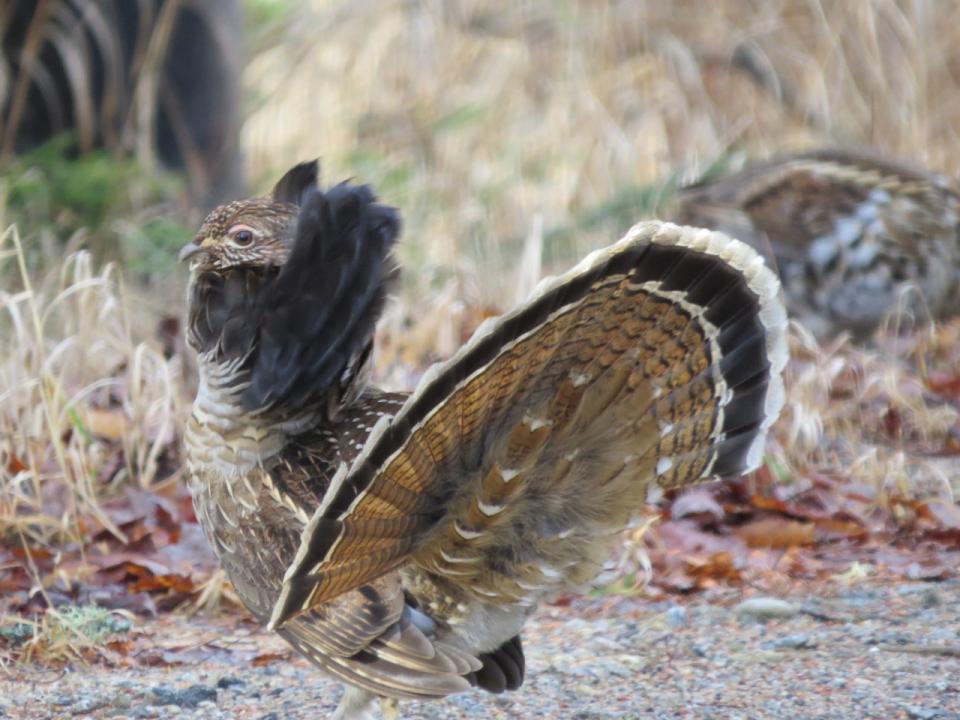
A Few Favorite Birding Sites in Long Lake
Sabattis Circle Road in the William C. Whitney Wilderness Area
Many remote locations in the Adirondacks are not plowed in winter/spring, but fortunately, some are still accessible. Sabattis Circle Road and the road to Sabattis Station are plowed and fantastic places to go birding year-round. Many “tame” Gray Jays live along the road and Black-backed Woodpeckers are regularly found. It is my favorite “owling” road with Great Horned, Northern Saw-whet, and Barred Owls all nesting here. Great Horned Owls nest in winter, Northern Saw-whet Owls are “tooting” in April and May, and Barred Owls have young by July.
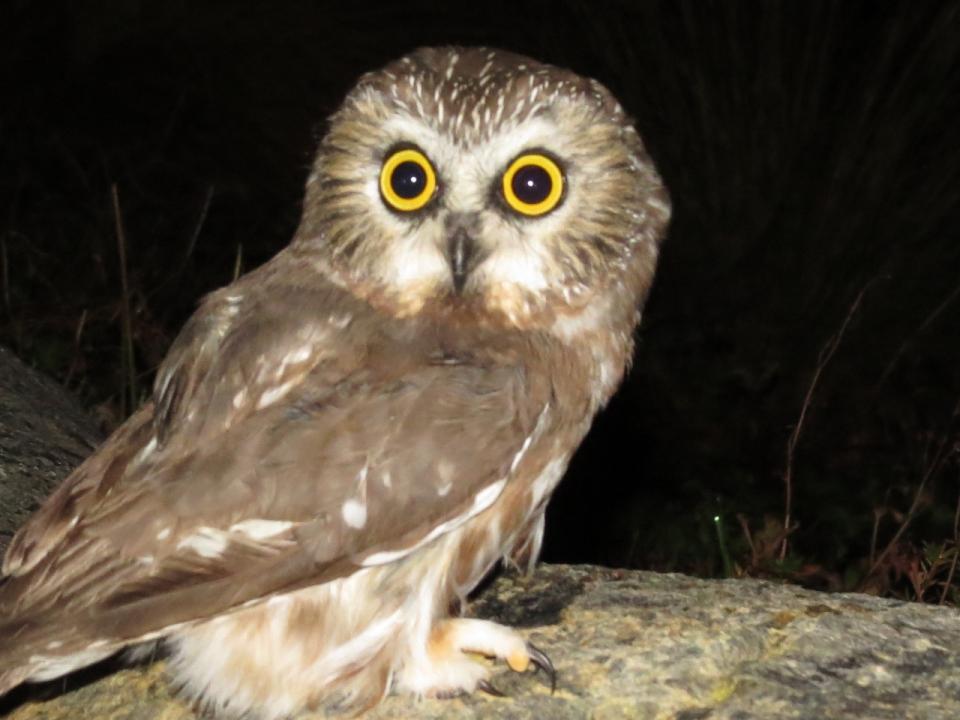
Eighteen warbler species nest along the 6-mile half circle road including the lovely Mourning Warbler in habitat growing up after logging. Species such as Yellow-bellied Flycatcher, Palm Warbler, and Lincoln’s Sparrow can be observed at Sabattis Bog.
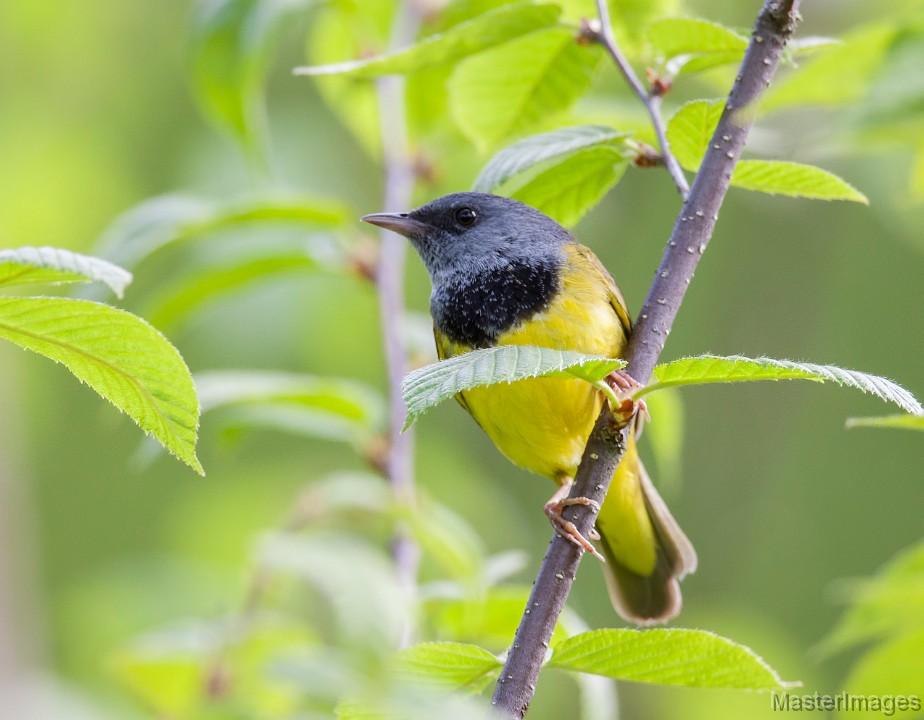
Shaw Pond
Located along Route 28N (with a parking lot across the road), Shaw Pond is a shallow body of water with marshes and remarkable wildlife! Some of the bird species breeding at this location include: Wood, American Black, and Ring-necked Ducks, Pied-billed Grebe, Virginia Rail, American Bittern, Great Blue Heron, Northern Flicker, Marsh Wren, and Northern Waterthrush. In addition, River Otters and Beavers are regularly viewed in the pond.
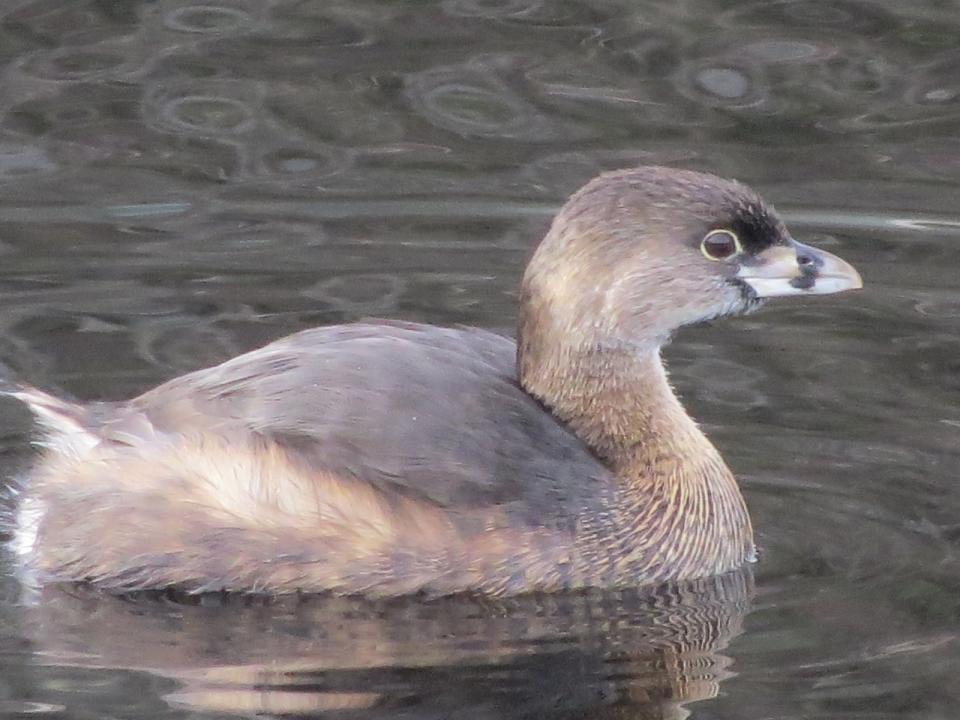
Northville-Placid Trail (S)
The first mile of the Northville-Placid Trail south off Route 28N in Long Lake is a lovely trail through the forest. It is fairly level with a few small hills. The first half-mile is in boreal habitat and the second half-mile is in mixed forest. An interesting mix of species can be found as a result. I often find Black-backed Woodpecker nest sites along the first half-mile, and once, even a Boreal Chickadee nest location. Swainson’s Thrushes and brilliant Scarlet Tanagers can be found along the second half-mile.
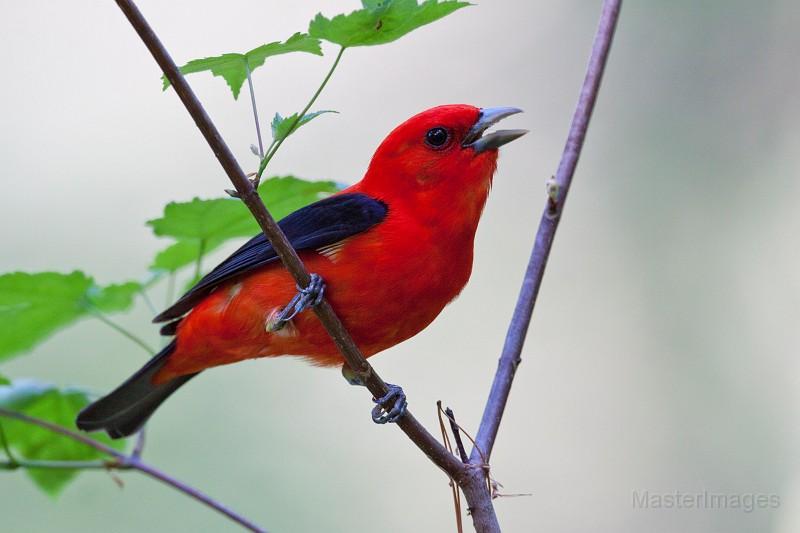
Many warbler species nest along the trail including the beautiful Blackburnian Warbler, which favors Hemlock trees.
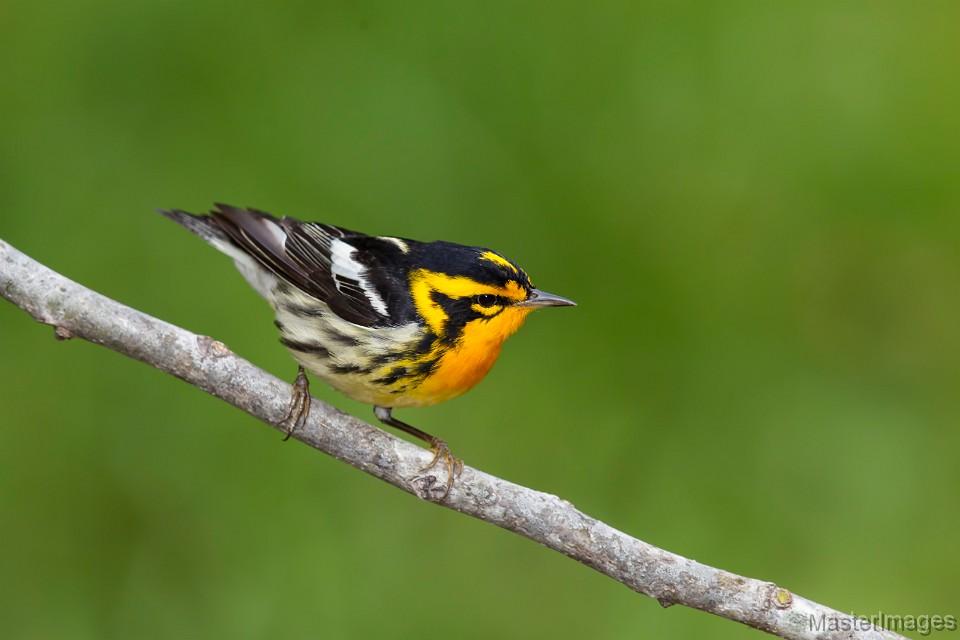
There are many other great places to go birding in the heart of the Adirondacks. Some of the unplowed areas, such as Moose River Plains, and Ferd’s Bog, will be accessible soon! If you visit for terrific spring birding (& to see the spectacular crossbills!), there are lots of wonderful places to stay and eat in the region.

